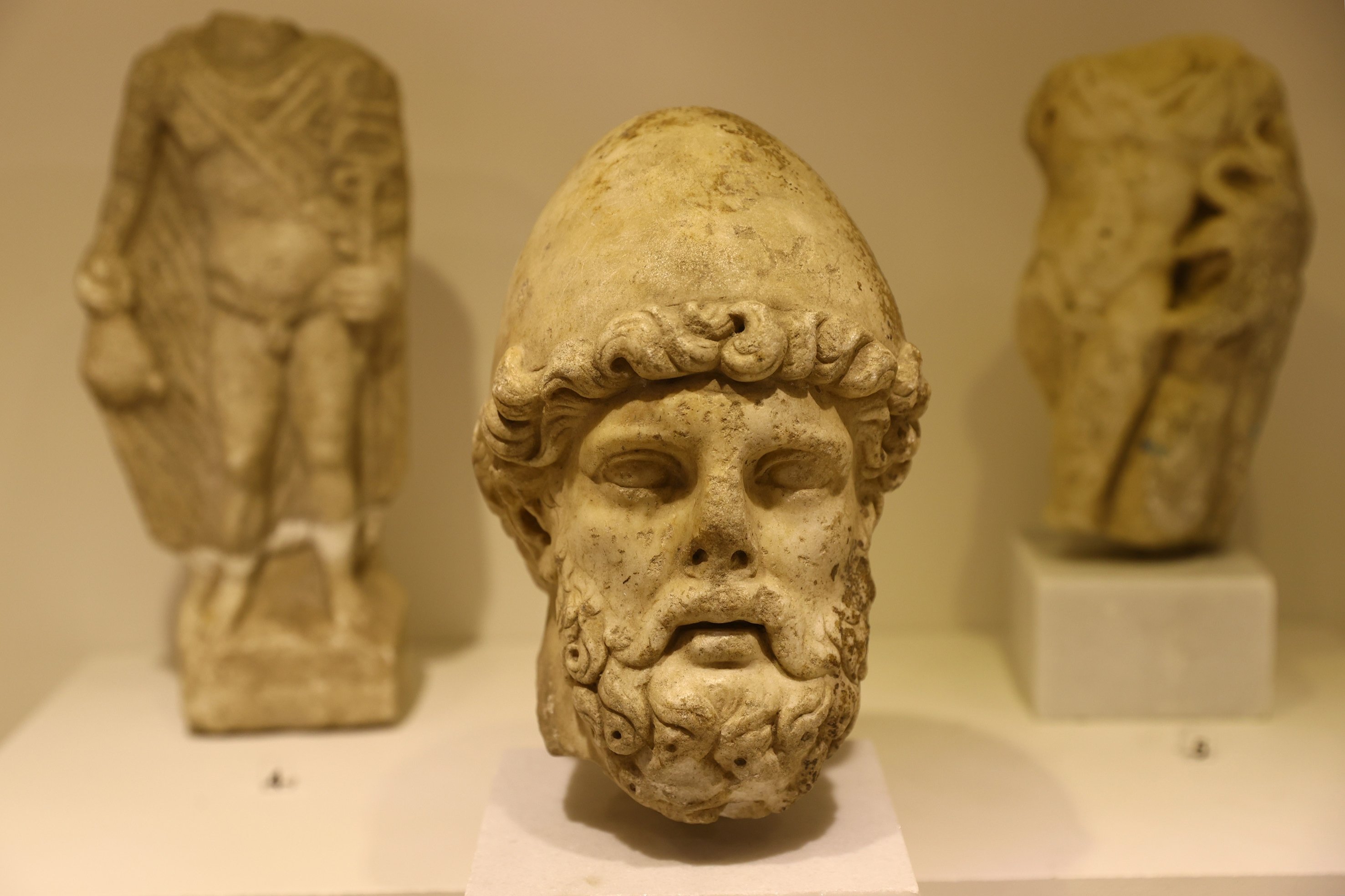

Hidden changes: Names were regenerated by either adding or taking away prefixes, but other data were unchanged. Abyss - Added Aquatic Treasure and Terrifying Sample.Artifacts can be named the same, but their identification numbers, modifiers and descriptions will be different.Biological Sample, Delicate Flora (PLNT), Fossil Sample, Historical Document, Lost Artifact and Unearthed Treasure with the same identification number have the same age related modifier and the same value.Delicate Flora (FARM) and Delicate Flora (PLNT) use the same name generation, therefore they have the same naming order.Presumably more categories were planned before the release of NEXT, but scrapped and these were combined into one. Delicate Flora consist of two separate categories (with FARM and PLNT denotations as per the extracted MBIN file).The modifier and value ranges are extracted from the 1.77 version of PROCEDURALPRODUCTTABLE.MBIN game file.Note: The specified base value ranges of all types are multiplied by 1.15, this total value is indicated on the information panel of each artifact. There is no correlation between the modifier and the value, both are randomly chosen within their ranges. The table shows the modifier and value ranges for each artifact type. Note: This table is incomplete, please help expanding it. The three primary sources are Large Artifact Crates, missions from the Mission Board, and Frigate expeditions. The table shows the possible sources for each artifact type.

#OLDEST ARTIFACT ARCHIVE#
The Artifact Exchange Vault can be used at Colossal Archive buildings to exchange blue (uncommon) artifacts for purple or yellow (rare) artifacts of greater value. The Artifact Research project welcomes any discovery to be documented. They have no additional purpose beside selling them at Galactic Trade Terminals or to NPCs. Furthermore, the actual topography of Antarctica is shown without layers and layers of ice - a phenomenon that was thought to have last occured over 6,000 years prior.Artifacts aka Relics are procedurally generated products that can be received from various activities throughout the gameplay. However, the mysterious aspect of this map comes into play when historians realized that Antarctica wasn't actually discovered until more than 300 years after this map had been created, or so they thought. The map in question shows the locations of the Azores, Europe, North America, the Brazilian coast, Africa, the Canary Islands, Antilia, and Antarctica.
#OLDEST ARTIFACT SKIN#
It was drawn on the skin of a gazelle in 1513 and was determined to be drawn by Piri Reis, who was an admiral in the Turkish navy. A group of historians discovered the map back in 1929. However, the time frame of the map's creation combined with the knowledge we have of the earliest dates of exploration is what makes this ancient artifact such a mystery. The Piri Reis map might look like something from a tale of adventurers and myths, something similar to The Odyssey, but it is actually a legitimate map. It's unclear where the stones are stored now or whether research ever continued. The hieroglyphics hold a different story, though: According to the researcher in charge of examining the discs, Tsun Um Nui, they told the story of spacecraft that crash-landed in the mountains near the area, with pilots going by the name of the Dropa. All of these things became curiouser and curiouser, as the discs seemed to play a low-frequency hum when 'played' on a special record player, with the discs seeming to hum as something would when an electric charge passes through it. Upon first glance, it's unclear what these discs are however, the closer experts examined them, the most they noticed things such as grooves, a perfect nine-inch diameter, and hieroglyphics. Upon entering a cave near the site, the team found many discs such as this one strewn around the cave's floor, covered by a solid layer of dirt and dust. Chi Pu Tei through the Baian-Kara-Ula in China.

They were discovered in 1938 on an expedition led by Dr. Highly regarded as one of the most mysterious artifacts in the world, the Dropa stones are suspected to be the first earliest-known records.


 0 kommentar(er)
0 kommentar(er)
